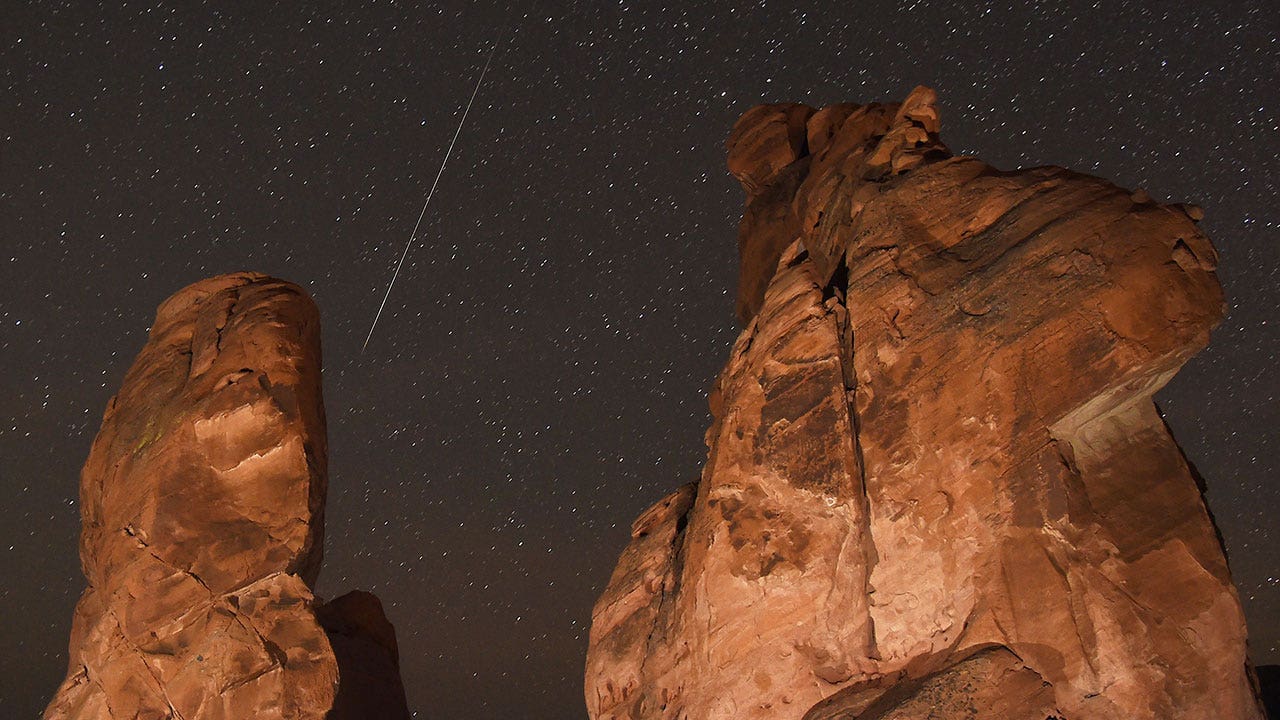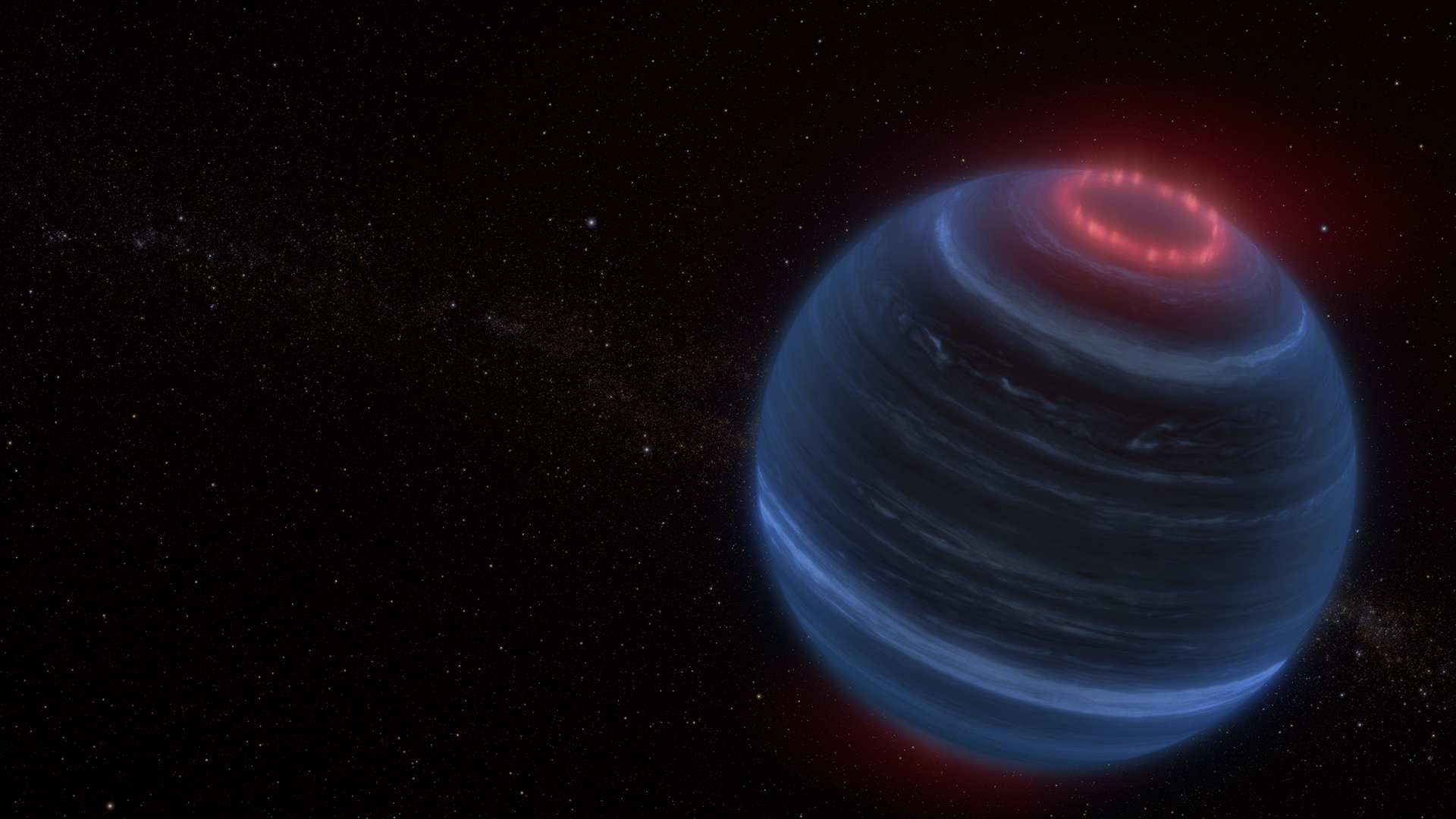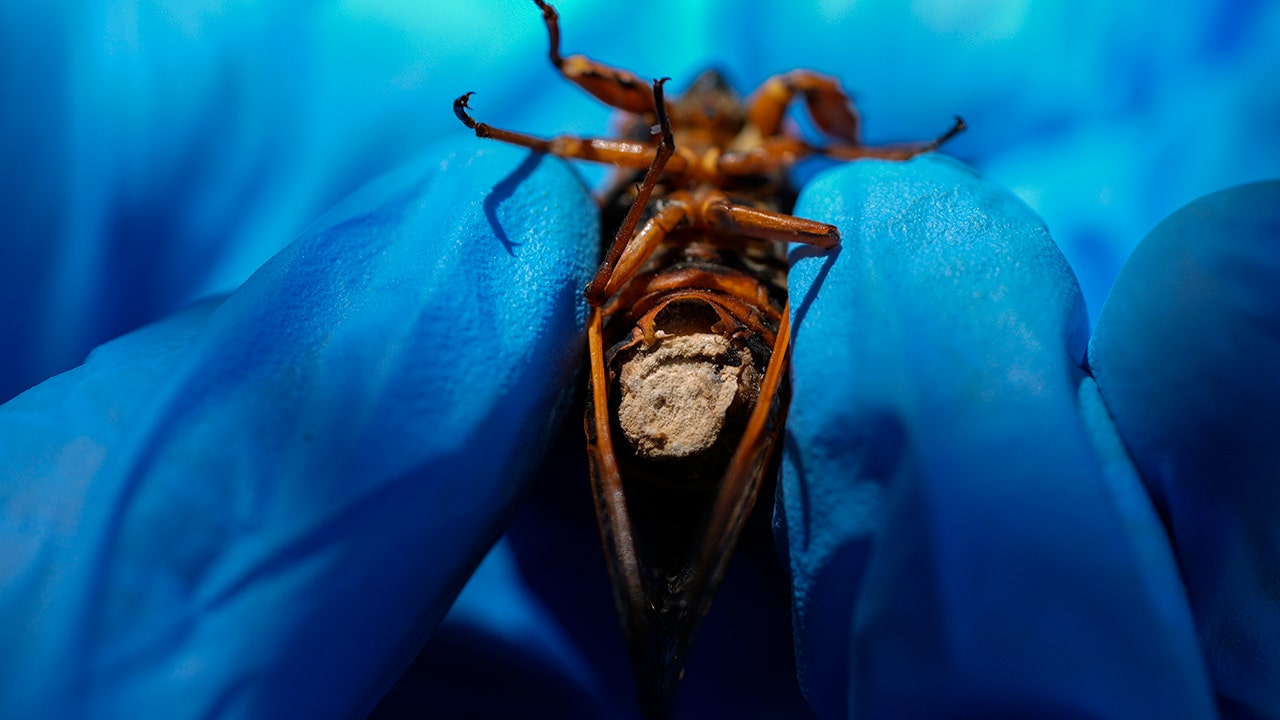- The Geminid meteor shower, considered the year’s best, is reaching its peak this week, with the highest activity expected on Thursday.
- Skygazers may witness a display of one to two meteors streaking across the dark skies per minute.
- NASA recommends observers to scan the entire sky, as meteors do not have a specific direction of origin.
The year’s best meteor shower, the Geminids, peaks this week. Skygazers may see as many as one or even two a minute streaking across dark skies.
The meteors will reach their frenzy Thursday. But Wednesday night should provide a cosmic spectacle as well.
The moon is waning so that will make for prime viewing anywhere in the world where skies are clear and in spots without light pollution.
RARE CELESTIAL EVENT: MASSIVE ASTEROID ‘LEONA’ TO ECLIPSE RED SUPERGIANT ‘BETELGEUSE’ IN NIGHT SKY SPECTACLE
NASA urged observers to look everywhere in the sky since meteors don’t come from any particular direction. Between 60 and 120 meteors are expected every hour at peak time, weather permitting.

A Geminid meteor streaks between peaks of the Seven Sisters rock formation early on Dec. 14, 2018 in the Valley of Fire State Park in Nevada. The meteor display, known as the Geminid meteor shower because it appears to radiate from the constellation Gemini, is thought to be the result of debris cast off from an asteroid-like object called 3200 Phaethon. The shower is visible every December. (Photo by Ethan Miller/Getty Images)
NASA meteoroid expert Bill Cooke said he loves that the Geminids have a greenish hue as they speed across the sky and burn up. Most meteors appear to be colorless or white depending on their chemical makeup. Green usually comes from oxygen, magnesium and nickel.
WHAT COLOR IS THE MOON? DISCOVER THE COLOR PALETTE AND CELESTIAL MARVELS OF THE NIGHT SKY OBJECT
Most meteor showers originate from comets. But the Geminids come from the sun-orbiting asteroid 3200 Phaethon. Either way, when Earth passes through these leftover bits of comets or asteroids, the fragments encounter Earth’s atmosphere and put on quite the show.






